Exercise 16
vertical
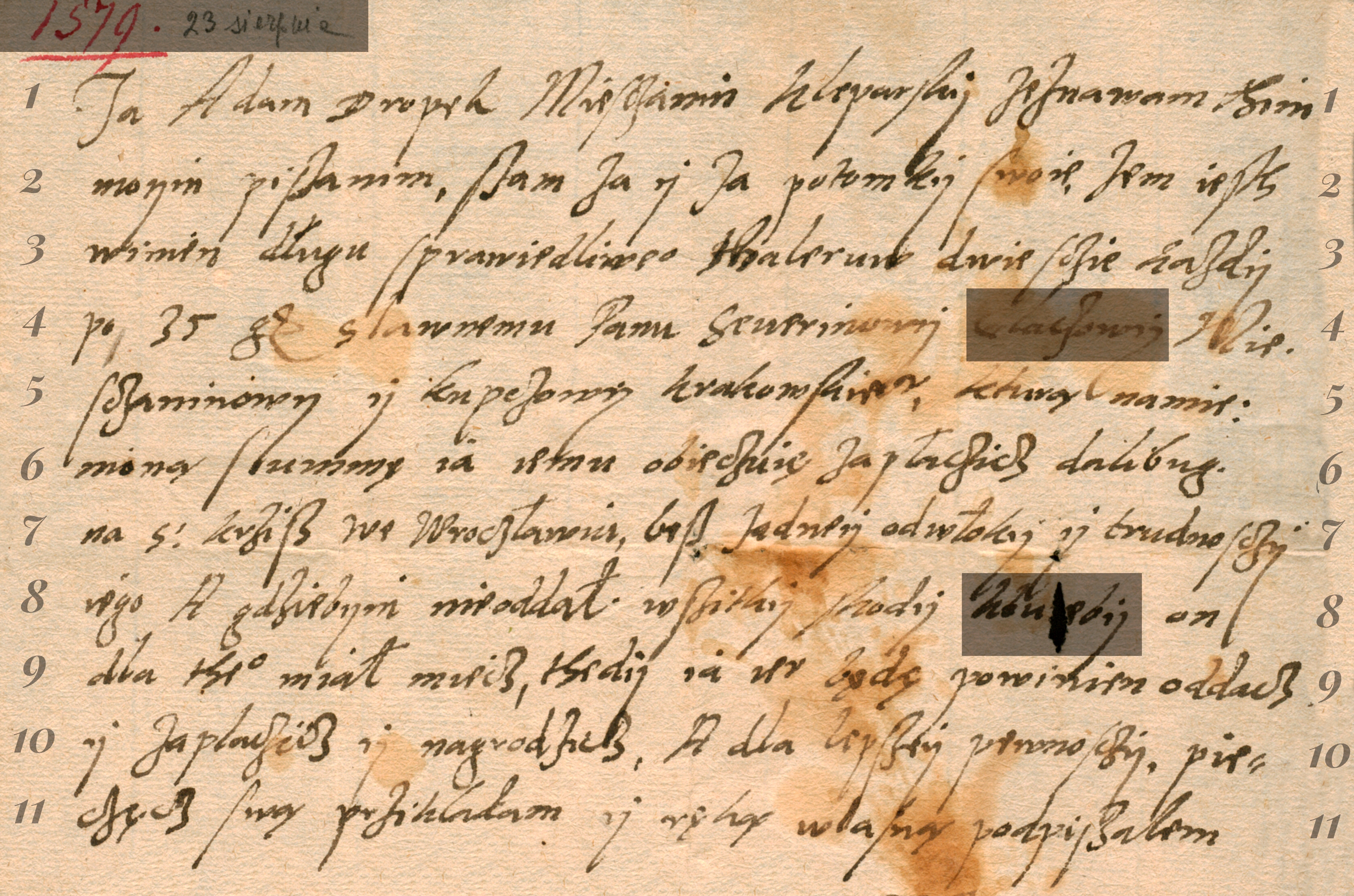
1.
1. Ja Adam Dropek Miesczanin Kleparsky zeznawam thim
2.
2. moym piszanim szam za y za potomky swoie zem iesth
3.
3. winien długu sprawiedliwego thaleruw dwie sczie kazdy
4.
4. po 35 g sławnemu Panu Severinowy Mie
5.
5. sczaninowy y kupczowy krakowskiemu ktur─ģ namie
6.
6. nion─ģ summ─Ö ia iemu obieczui─Ö zap┼éaczicz dalibug
7.
7. na swięty krzisz we Wroczławiu besz zadney odwłoky y trudnosczy
8.
8. iego A gdziebym nieoddał wszitky skody on
9.
9. dla thego miał miecz thedy ia iei będę powinien oddacz
10.
10. y zaplaczicz y nagrodzicz A dla lepszey pewnosczy pie
11.
11. cz─Öcz sw─ģ przikladam y r─Ök─ģ wlasn─ģ podpiszalem
Principles of transcription
┬Ā
- Maintain the original entry - carry out the transcription as faithfully as possible to the original, without correcting the writer's mistakes.
┬Ā - Lines of text - the transcription should be written in lines (fragments in grey should be omitted). If the word is divided between two lines, it should be written as in the original, that is, without connecting it.
┬Ā - Punctuation - all punctuation marks or others (e.g. commas, full stops, hyphens, etc.) appearing in the original should be ignored.
┬Ā - Writing capital letters - the mechanism recognises both small and capital letters as correct.
┬Ā - Shortening - the general rules accepted by us say that a contraction used by the scribe should be written in full. This document contains contractions which are exceptions to the rule, in other words, those which do not need to be written in full (among others, this concerns contractions used to define currency).
┬Ā - The letter ┼Ė (y with dots) - should be written as y.
┬Ā - Letters with diacritic marks - if the text includes letters with diacritic marks, typical for the Polish language, we retain them.
┬Ā
┬Ā
You can find the full principles of transcription here.
Helpful tips
- The document is badly-stained, which hinders its reading in places. In the most damaged places, we have greyed single words - they should be omitted in the transcription.
┬Ā - One of the contractions used in the document is an exception which is not necessary to write in full.
┬Ā - The scribe wrote the letters s and z in a few different ways. Meanwhile, the letters b and t appear in slightly different versions.
┬Ā - Deciphering the letters e and z may cause the greatest problem. In particular, the letter z combined with the neighbouring letters takes on a surprising shape.
┬Ā - Remember about how the letter y was written in the past ŌĆō with one or two dots.
┬Ā
┬Ā
You will find more useful tips for transcribing old texts here.
Exercise 16
Model letters
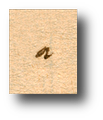



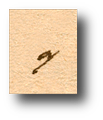

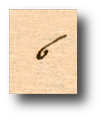

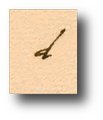






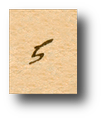


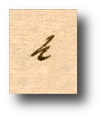
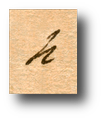

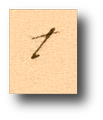

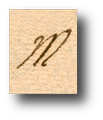


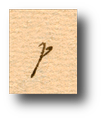





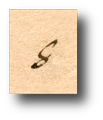



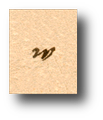

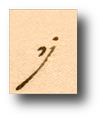
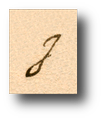
Exercise 16
Abbreviations
![g[roszy]](https://dawnepismo.ank.gov.pl/files/practice/shortcuts/aufgabe-16/cw16groszy.png)
![krakowskie[mu]](https://dawnepismo.ank.gov.pl/files/practice/shortcuts/aufgabe-16/cw16krakowskiemu.png)
![sprawiedliwe[g]o](https://dawnepismo.ank.gov.pl/files/practice/shortcuts/aufgabe-16/cw16sprawiedliwego.png)
![s[wi─Öty]](https://dawnepismo.ank.gov.pl/files/practice/shortcuts/aufgabe-16/cw16swiety.png)
![the[g]o](https://dawnepismo.ank.gov.pl/files/practice/shortcuts/aufgabe-16/cw16thego.png)